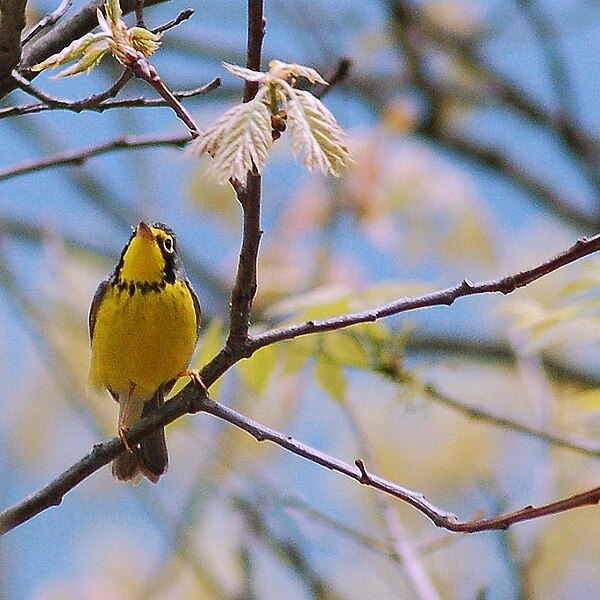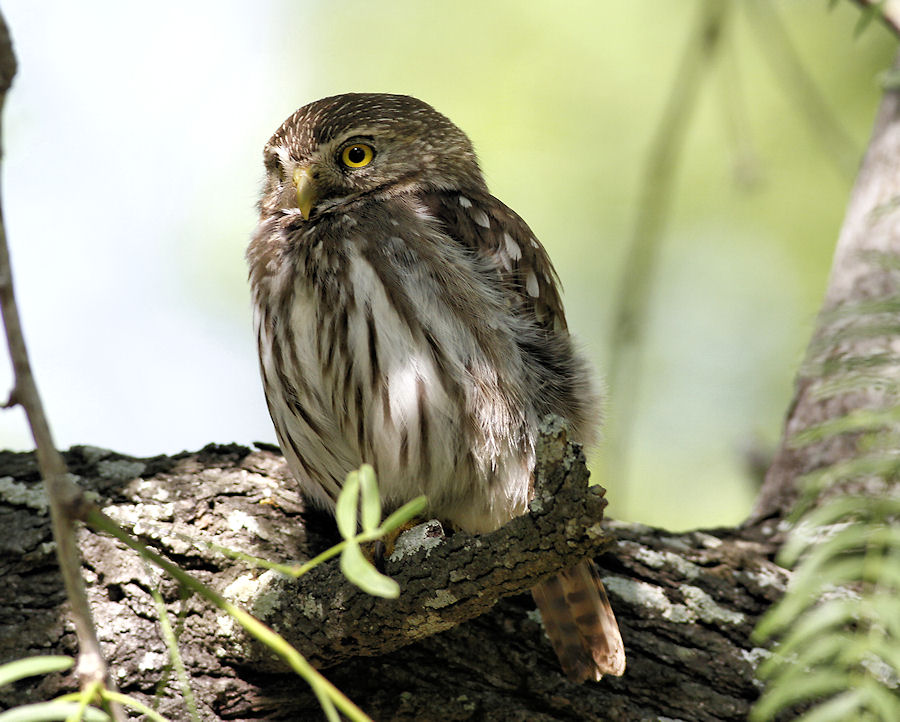Nope, I'm not dead.
I have not jumped out of my apartment balcony.
Nor have I impaled myself with my binoculars (which seems highly unlikely)
And I have not been pecked to death by an insane red-bellied woodpecker with high energy levels and ...evilness.
I have only blatantly neglected my blog for several months.
You see, dear readers (wherever you are), I have a nasty habit of writing stuff down on my mind, building entire paragraphs filled with wonderful descriptions of how I dissected and smelled deer scat, or whatever other adventure I have had that isn't particular of a 12-year old who should be "playing video games, commenting on my state and posting self-glorifying images of herself on Facebook" (not quoted from anybody, but that's pretty much the attitude of today's stereotypical 12-year-old females) and completely forgetting to write/ type it down. Durn it.
So much interesting stuff has gone by, it would be impossible (for me) to make a post describing every single event, life bird, adventure, birthday gift, etc. that has gone by. From getting a brand new pair of binoculars in for my birthday in March (Nikon Monarch 8X42, ATB with dielectric coating, new edition 7294, hail o geekness), to a relaxing trip back to Cost Rica and visiting Tortuguero Nat'l Park and Santa Rosa Nat'l Park, to a wonderful Outdoor Education program, or our moving to a new apartment, and much more.
I have changed a lot, not in personality and hobbies, but in my way of writing. A lot of recent reading (mostly Temple Grandin, Alexander F. Skutch, Jeffrey Moussaief Masson, J. R. R. Tolkien and Irene M. Pepperberg, and am beginning to introduce myself to Shakespeare) has developed my writing skill quite a bit.
I wanted a fresh start on my blog, thus I will create a new blog (link will be shared soon) but will not delete this one. I'll give it a new name and look and all of that. It will also become more personal; not only about birds, but about my own life and many more adventures.
So, farewell, faithful little blog of mine! Thank you for letting me share several months of adventures with you!
-Cristina
I have not jumped out of my apartment balcony.
Nor have I impaled myself with my binoculars (which seems highly unlikely)
And I have not been pecked to death by an insane red-bellied woodpecker with high energy levels and ...evilness.
I have only blatantly neglected my blog for several months.
You see, dear readers (wherever you are), I have a nasty habit of writing stuff down on my mind, building entire paragraphs filled with wonderful descriptions of how I dissected and smelled deer scat, or whatever other adventure I have had that isn't particular of a 12-year old who should be "playing video games, commenting on my state and posting self-glorifying images of herself on Facebook" (not quoted from anybody, but that's pretty much the attitude of today's stereotypical 12-year-old females) and completely forgetting to write/ type it down. Durn it.
So much interesting stuff has gone by, it would be impossible (for me) to make a post describing every single event, life bird, adventure, birthday gift, etc. that has gone by. From getting a brand new pair of binoculars in for my birthday in March (Nikon Monarch 8X42, ATB with dielectric coating, new edition 7294, hail o geekness), to a relaxing trip back to Cost Rica and visiting Tortuguero Nat'l Park and Santa Rosa Nat'l Park, to a wonderful Outdoor Education program, or our moving to a new apartment, and much more.
I have changed a lot, not in personality and hobbies, but in my way of writing. A lot of recent reading (mostly Temple Grandin, Alexander F. Skutch, Jeffrey Moussaief Masson, J. R. R. Tolkien and Irene M. Pepperberg, and am beginning to introduce myself to Shakespeare) has developed my writing skill quite a bit.
I wanted a fresh start on my blog, thus I will create a new blog (link will be shared soon) but will not delete this one. I'll give it a new name and look and all of that. It will also become more personal; not only about birds, but about my own life and many more adventures.
So, farewell, faithful little blog of mine! Thank you for letting me share several months of adventures with you!
-Cristina






























